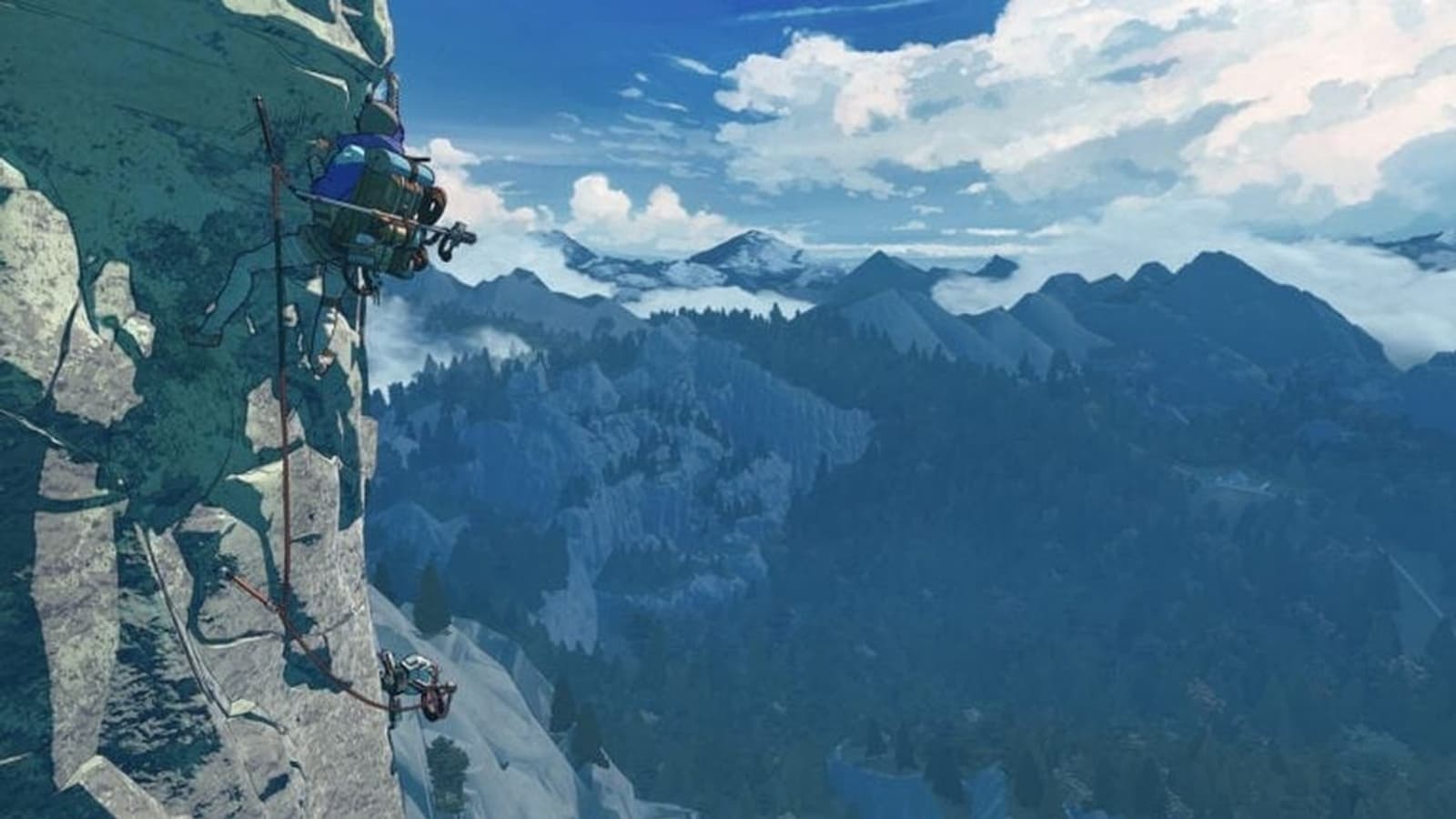/cdn.vox-cdn.com/uploads/chorus_image/image/73048887/ss_7588f249ebd8147ca4cc729ced465f02cabb0311__2_.0.jpg)
Image: Curious Panda Games/Humble Games
Cass Marshall
is a news writer focusing on gaming and culture coverage, taking a particular interest in the human stories of the wild world of online games.
2023 was absolutely packed with fantastic RPGs, and even a die-hard fan of the genre might struggle to find all the hidden gems. One of these titles is The Iron Oath, which left Steam Early Access in November — we covered it while it was in early access, but developer Curious Panda Games beefed the game up with several meaningful updates on its road to a final release.
The Iron Oath puts the player in the role of the leader of a mercenary company, freshly betrayed and looking to recover. Unfortunately, you live in a hostile fantasy world that’s under siege from dark forces. The writing and world-building are a little standard, so there aren’t many surprises in store when it comes to The Iron Oath’s lore. But that’s all right, because that’s all just set dressing for the real drama: managing a massive band of mercenaries, most of whom are so rude they’ll go ahead and pick up nasty injuries, die in battle, retire, or bounce because of low morale.
“A lot of [early access] was adapting to what the fans wanted versus what we wanted,” says Curious Panda programmer Chris Wingard, on a call with Polygon. “We had a plan laid out, but the fans had different priorities.”
:no_upscale()/cdn.vox-cdn.com/uploads/chorus_asset/file/25220004/ss_afb7ebcde36972e8ead4d96e5c3808ec5ea51833__1_.jpg)
Image: Curious Panda Games/Humble Games
“Our biggest update by far was our combat and enemy update, which was in March. It wasn’t something we were really planning to do, but there was a lot of feedback on combat — not enough variability between encounters and stuff,” adds artist Nick Mueller. “So we added a bunch of enemy variants and enemy elites to mix things up.”
The Iron Oath started with six classes, and now offers eight, most of which break from the typical fantasy mold. The Guardian and Ranger are both archetypal paladins and rogues, but the Valkyrie, Pyromancer, and Pugilist are all novel takes on warriors. Later on in the early access phase, Curious Panda Games added new classes: the zone-controlling Icebinder and the bardic Balladeer. Each class has branching talent paths, so the player can experiment with different builds. One Pyromancer might be suited to playing a support role, helping to manage tanking duties, while the other might be focused on pure fiery damage.
It’s easy to get attached to the best members of your team. A potent party member can carry a team of rookies through harsh battles, salvage tough situations, and serve as an anchor for the rest of your roster. But relying too heavily on just one or two of your mercenaries is a bad idea. The player must continually refresh their roster.
Picking up an adventurer at an inn presents an immediate choice: Do you want to sign a one-year contract, with room to renegotiate? How about a five-year contract? The latter offers security — you have them locked in — but it requires a larger upfront payment. Even a well-paid mercenary might quit in disgust if you repeatedly betray their core morals.
:no_upscale()/cdn.vox-cdn.com/uploads/chorus_asset/file/25220006/ss_c3b6cc8fdb79e2f10d6dc7b1147ab1d9bfc43af8.jpg)
Image: Curious Panda Games/The Iron Oath
This system of recruitment, retirement, and the occasional tragic fall is reminiscent of Wildermyth. However, in The Iron Oath, you’re not forging a handful of legacies. You’re building up your company and telling a singular legend.
A smaller group might be built around six or seven warriors, and losing just one of them can be devastating. Endgame quests require at least 10 party members you can rely on, and a particularly ambitious leader might fill up their bench with a couple dozen scrubs to throw at any challenge.
Mercenary management is tough in the best of times; traveling through the overworld and slaying bandits and monsters is enough to whittle down your company’s resolve and ranks. Things get dicier when you’re forced to enter a dungeon. The Iron Oath takes a healthy amount of inspiration from Darkest Dungeon; these enclaves are long, grueling processes with multiple battles and events.
Wingard notes that there’s “a decent amount of RNG” in these dungeons; every dungeon has its own modifiers, both positive and negative. The longer the player stays in the depths, the more they risk adding worse negative modifiers. They also have to manage their party’s health, abilities, and morale.
“We don’t want you to lose a character and feel like you had no control over it,” says Wingard. “That should never happen — there’s always some way around it.”
The Iron Oath is a focused RPG that excels at the mercenary management game, both in small-scale battles and the larger scope of sustaining your warriors for years or even decades to come. “We’ve been pleasantly surprised with the reception and how things have gone,” says Wingard. “We’re already planning out another roadmap.”
“We definitely have a lot more to introduce to the game.” says Mueller. “Like, right now, we completed our Betrayal campaign, but there [are] definitely more stories we want to tell with the game. There’s at least one more bigger campaign we’re going to be implementing over the next year.”
The writing in The Iron Oath is simple, but it’s enough to drive the player forward and push their band of mercenaries. Then, the real tension sets in — sprains and bruises turn to serious injuries, fighters need to spend time on the bench, and your MVP might just straight-up die in battle. Even with so much competition from other RPGs, The Iron Oath manages to stand out with its clever mix of inspiration from Dungeons & Dragons, Wildermyth, and Darkest Dungeon. The Iron Oath is available on Steam and GOG.
Source: Polygon


